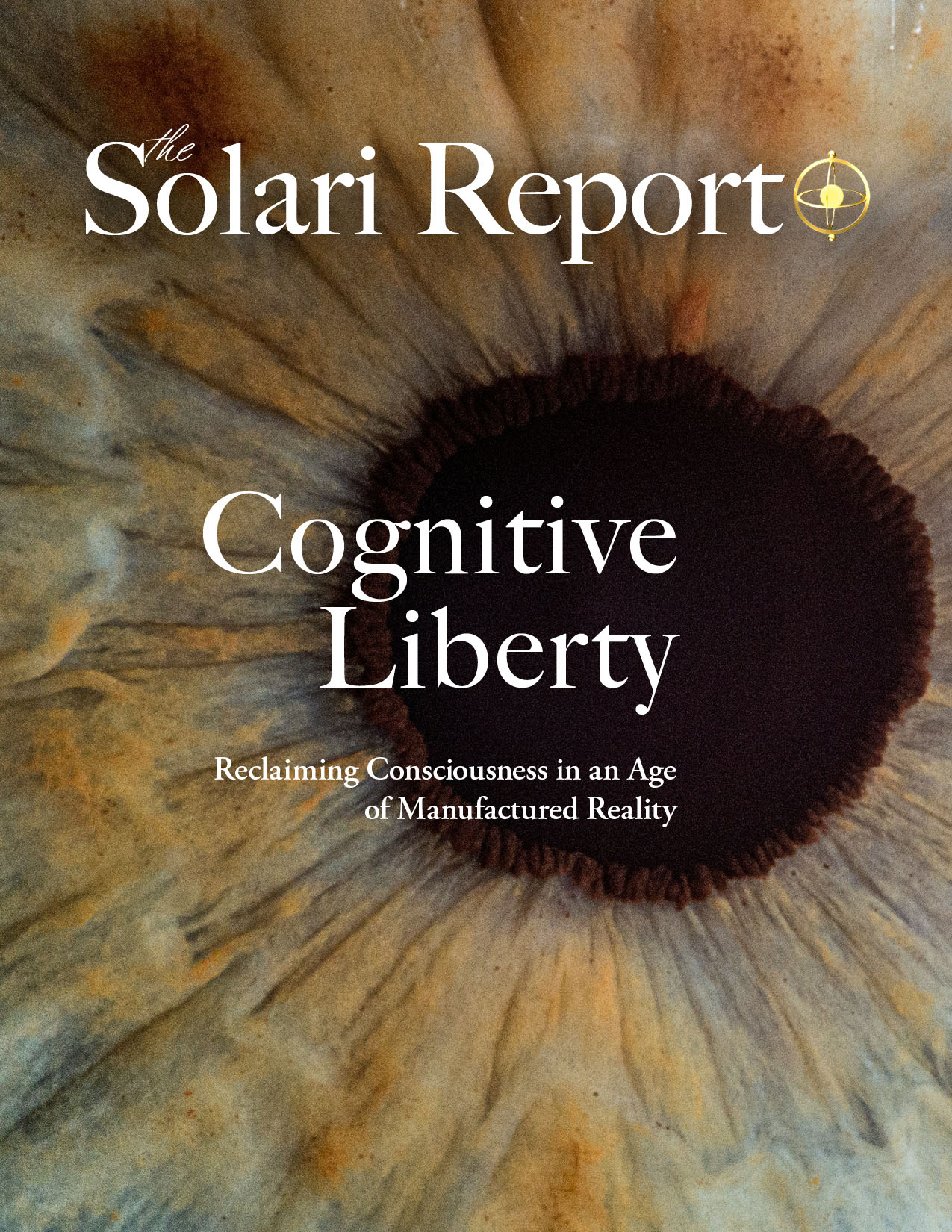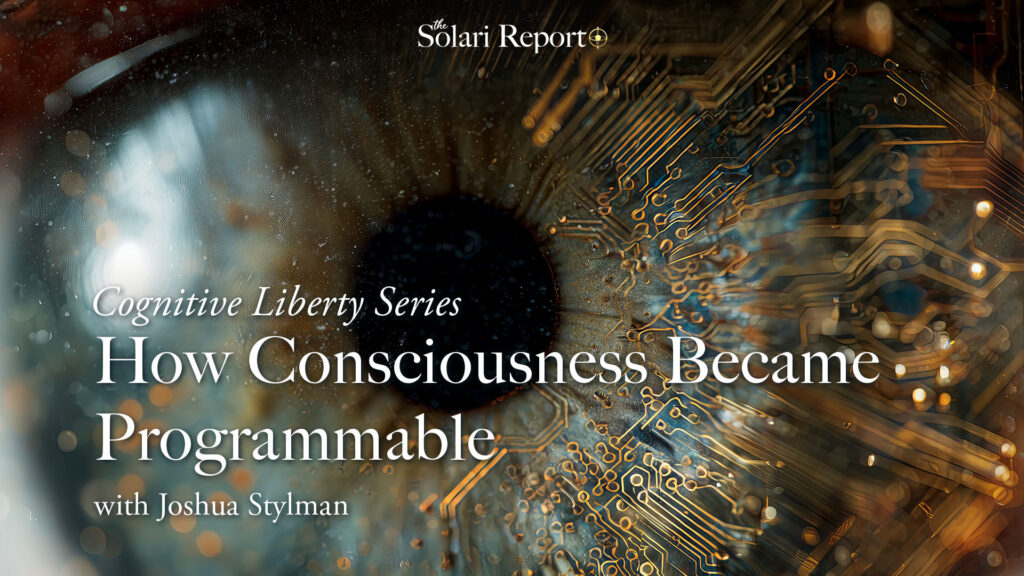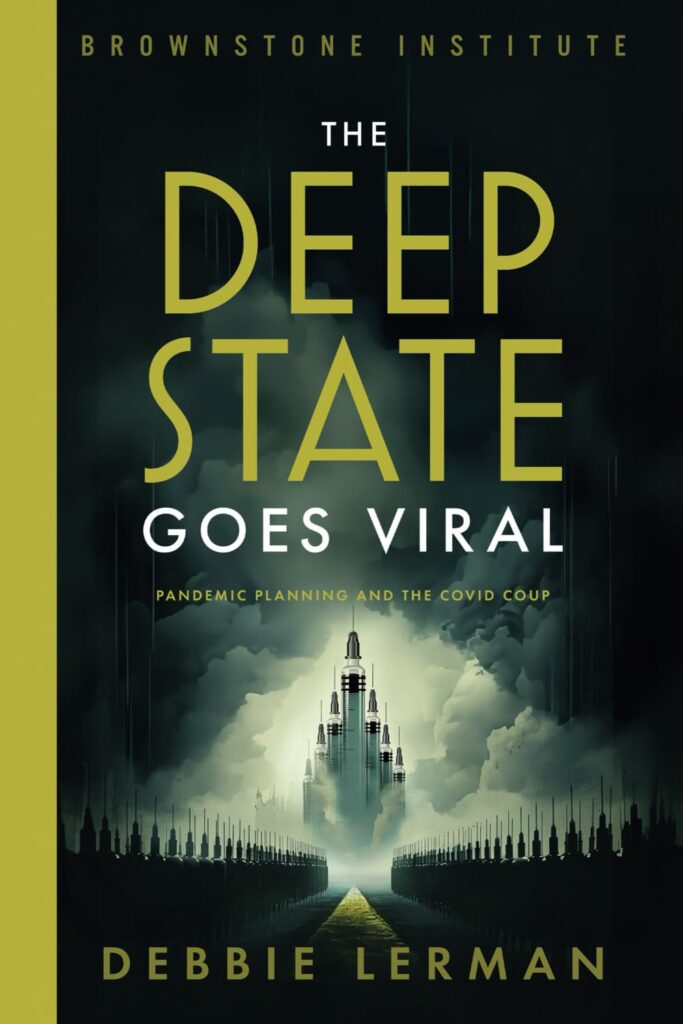Become a member: Subscribe
Book Review
Military Neuroscience and the Coming Age of Neurowarfare
By Dr. Armin Krishnan

“Neurowarfare should be considered one of the biggest dangers facing humanity.”
~ Dr. Armin Krishnan
Military Neuroscience and the Coming Age of Neurowarfare
By By Dr. Armin Krishnan
Book Review, September 23, 2025
By Elze van Hamelen
“It is time to take the concept of brainwashing and other mind manipulation seriously in the light of neuroscience research that has proven that minds can be changed and indeed controlled by methods such as psychiatric drugs and invasive and non-invasive brain stimulation,” warns Dr. Armin Krishnan, an associate professor in security and intelligence studies at East Carolina University. Although traditional “kinetic” weapons harm our bodies and may cause death, in some ways, neuroweapons are more dangerous. They target the essence of what it means to be human, interfering with and directly attacking free will and independent thinking.
Some are familiar with “old-school” mind control research programs such as MKUltra—experiments that ostensibly have ended, though no one has been held accountable and most of the documentation has been shredded. Nowadays, the search for control of the human mind pops up under more sanitized headings in the academic literature, such as “neurotechnologies” and “cognitive and behavioral studies.”
In Military Neuroscience and the Coming Age of Neurowarfare, published nearly a decade ago in 2016, Dr. Krishnan documents Cold War research into mind control technologies as well as current research into neuroweapons and discusses their serious ethical implications. The Cold War history shows how the desire of intelligence agencies and totalitarian governments (e.g., Nazi Germany, Soviet Russia, Communist China) to mentally coerce their citizens into submission set the stage for mind control experiments and neuroscience research. It makes sense that totalitarian societies would be unconcerned about constitutional rights, but the amount of experimentation on unwitting populations in democratic societies will astonish some readers. Cold-War-era endeavors ranged from spraying populations with (bio)chemical agents, conducting experiments with LSD and other drugs, carrying out trauma-based brainwashing, studying effects of electromagnetic fields on the mind, and installing brain implants to more exotic extrasensory perception (ESP) and parapsychology research.
The technologies currently being developed read even more like science fiction—as if the laboratory of the “M” character in the James Bond franchise got an upgrade from Jason Bourne, Dr. Strangelove, and a gang of transhumanist scientists. Even so, Krishnan’s book—drawing on decades of military neuroscience literature—takes the subject of mind control fully out of Hollywood and conspiracy territory.
Military investigations into neuroscience are multidisciplinary, seeking applications in almost any area you can think of: chemical, biochemical, technical, nano, cyber, informational, cultural, societal, psychological, and more. This research has led to the development of:
- Chemical neuroweapons such as calmatives, hallucinogens, and substances that induce hypnosis
- Biochemical neuroweapons
- Acoustic weapons
- Information weapons such as subliminals and silent sounds
- Narrative development to manipulate populations (DARPA)
- A wide array of microwave weapons, including tasers, active denial systems, Voice of God weapons, and extra low frequency (ELF) waves
The open literature suggests that not all of these weapons have been successful or effective, but you have to wonder how big the gap is between the open and covert science. Even though Krishnan does not go into this possibility, viewing the many applications of neuroresearch makes it clear that it would be very easy to weaponize everyday appliances and infrastructure for dual-use purposes.
Some areas of research—for example, brain-computer interfaces, microchips, prosthetics, and certain pharmaceutical and genetic interventions—are marketed as benign “enhancements.” However, all of these fundamentally blur the distinction between man and machine and appear to be a playground for transhumanist experimentation, with soldiers and patients as the guinea pigs. What some may view as “enhancement,” others will view as degradation. Technocrats optimize for “efficiency”; they might propose genetic engineering to make humans shorter or more adapted to plant-based or synthetic proteins, or they might promote calmative-releasing microchips that ensure “pro-social behavior.” Krishnan is critical:
“A cynic may think that the authors consider humans to be little more than biological machines that need to be optimized for low consumption by turning them into midgets that are unable to consume meat, that have no longer any interest in reproduction, and that are designed to be so naïve that they lack any understanding of how they may be economically exploited.”
The softer but no-less-effective applications of neuroscience weaponize psychology, sociology, and anthropology. As Stanley Milgram and Solomon Asch demonstrated in their experiments as long ago as the 1950s and ‘60s, most individuals can be nudged into conformity by manipulating the social context. This basic premise has spurred the development of personal profiles for manipulation, computer simulations of entire societies to game the effects of policy interventions, and the widespread use of so-called “nudge units” that apply behavioral sciences to policy development and implementation. Krishan says, “People can be made to accept increasingly absurd interpretations of reality and hence be driven crazy. Whole societies can be driven crazy when official interpretations of reality and actual reality become irreconcilable. The bottom line is that the majority of people can be easily manipulated by authorities, propaganda, peer pressure, and lack of confidence in their own ability to make sense of reality.” The cultural breakdown that we are witnessing in Western societies may be to a large extent attributable to the widespread use of neuroweapons on unwitting citizens.
What becomes apparent over the course of this book is that military scientists’ worldview is fundamentally materialistic. In this way of thinking, the brain is a machine, and society can be planned and controlled like a Taylorist factory. Interestingly, as Krishnan notes, these materialists make no attempt to define consciousness: “Consciousness remains so undefined that most neuroscientists tend to avoid it altogether.” That fundamental and probably decisive omission may become the downfall of the mind manipulators—when a model or map is wrong, one risks unexpected results.
The last two chapters discuss the potential abuse of neurotechnologies and raise ethical questions about their deployment in free societies. Krishnan warns of the unsettling implications of transhumanist ideology, not only in terms of technology development but also in the apparent need to manage society through social engineering: “Transhumanism creates some obvious societal dilemmas as it relates to social inequality and some less obvious threats as it concerns privacy, human freedom, and the security or survival of individuals and groups.”
Having reviewed the very long list of sciences and technologies developed to destroy independent thinking, Krishnan’s conclusion at the end of the book—that “In today’s world, every individual’s faculty of critical thinking is under constant attack”—is not surprising. He pleads for a “human right of mental self-determination”:
“[F]reedom of thought and freedom of conscience are the cornerstones of democracy—if they are not protected and governments and other third parties are allowed to manipulate minds as they please, the result can only be either a totalitarian dictatorship or a lawless chaos, none of which is desirable.”
This is an academic book and is not light reading—but to defend against a threat, you need to understand it. Krishnan performs a great service by documenting the history and “sorcerer’s apprentice” toolbox of mad scientists and transhumanist ideologues. As a pastor often quoted by Catherine once said, “If we can face it, God can fix it.”
See the many related links listed for my interview with Dr. Krishnan, “Neurowarfare: It’s Not Science Fiction Anymore.”
Related at Solari
Neurowarfare: It’s Not Science Fiction Anymore with Dr. Armin Krishnan
Log in or subscribe to the Solari Report to enjoy full access to exclusive articles and features.
Already a subscriber?
























































































































